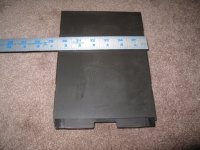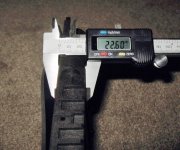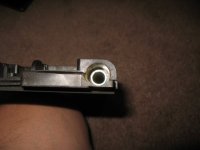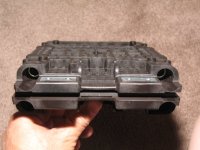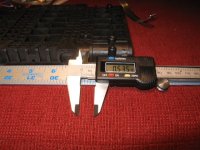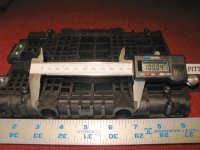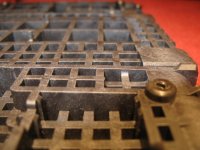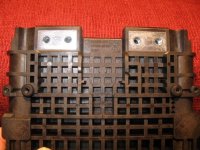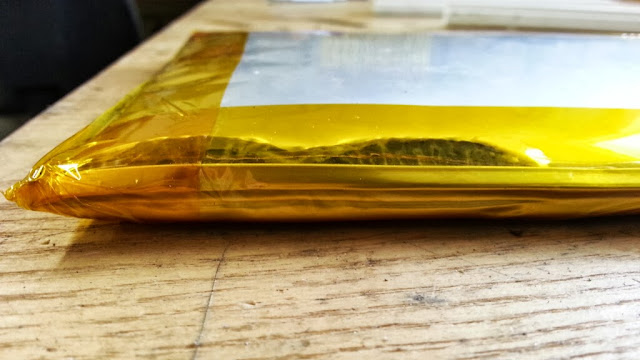999zip999
100 TW
Hard call as if I'm going to take my drutledge build pack apart to check code. But if I do ??
The drutledge build is strait forward and is a puzzle of 123 or abc. Just take your time and have space it's just a clean pluzzle by the steps. Thanks. Sing it Michelle
Oh. yes mine kick ass at 72v 30amp. 28-30 mph. Hay I'm on the street or P.C.H so low key.
Drutledge how did you know to use the big peices of alumiun for heat shink and spacer's great Bro.
The drutledge build is strait forward and is a puzzle of 123 or abc. Just take your time and have space it's just a clean pluzzle by the steps. Thanks. Sing it Michelle
Oh. yes mine kick ass at 72v 30amp. 28-30 mph. Hay I'm on the street or P.C.H so low key.
Drutledge how did you know to use the big peices of alumiun for heat shink and spacer's great Bro.


